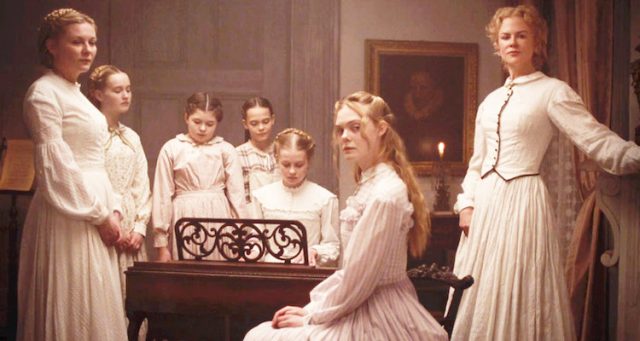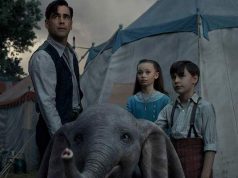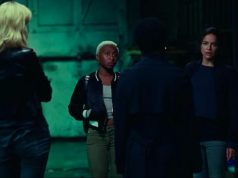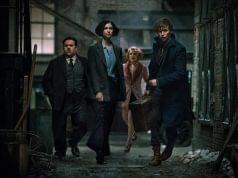
Sofia Coppola’s “The Beguiled” is a remake of one of the two films directed by Don Siegel and starring Clint Eastwood that were released in 1971 — the other was “Dirty Harry” — but Coppola makes it her own by giving it the female perspective it needs (and which the Thomas P. Cullinan novel it’s based on, originally titled “A Painted Devil,” already had).
It is, after all, the story of a wounded Union soldier, John McBurney (Colin Farrell), who seeks refuge at a girls’ boarding school in the South in 1864, becoming a source of curiosity and desire among its inhabitants. While Coppola’s version hews pretty closely to Siegel’s in terms of plot, she shifts the emphasis to the effect that McBurney has on the women: headmistress Martha Farnsworth (Nicole Kidman), teacher Edwina (Kirsten Dunst), and their five teenage pupils in various stages of adolescence.
The youngest girl, Amy (Oona Laurence), is the one who finds McBurney, injured in the leg and left behind by his fellow “blue-bellies,” while out picking mushrooms. The oldest, Alicia (Elle Fanning), is mature enough that her feelings about McBurney could be more than a schoolgirl crush. The other girls have mixed reactions to him, some insisting they notify the Confederate troops ASAP so they can take him away. Miss Farnsworth hates Yankees as much as the next Southern belle but reasons that if McBurney is handed over to the Confederacy now, he’ll just die in prison of his injuries. To keep him here until he recuperates would be “the Christian thing to do.” And if it means playing nurse to a handsome soldier — the first male company they’ve had in some time — well, ah do declare, there are worse things.
McBurney turns out to be Irish and quietly charming, grateful for the care and compassion he receives but not entirely humbled by it. Miss Farnsworth keeps him at arm’s length (well, except for a sponge bath), getting angry when he treats her offer of medicinal liquor as a social invitation. Edwina, the teacher, is more overtly drawn to him. The girls make up excuses to peer into his room, to ask about his health, to find favors to do.
In time, McBurney and the women strike a delicate balance where everyone is essentially comfortable with the situation. This delicate balance must be upturned, of course; such is the nature of drama. Coppola naturally sympathizes with the females, her camera lingering over Farrell’s taut body whenever possible while the women remain prim and modest, scandalized when Alicia wears something off-the-shoulder. But when things do get messed up — and boy, do they — there’s room for discussion on whose fault it is, who has beguiled whom.
Coppola vividly captures the Southern Gothic aesthetic: the moss, the humidity, the din of chirping insects. She also conveys (sometimes subtly, sometimes overtly) the constant peril under which women of the time lived. When Confederate soldiers stop by the house unexpectedly, it might be for a cup of water, or it might be to rape everyone. Miss Farnsworth keeps the girls hidden upstairs, lest their very appearance “tempt” the soldiers. This tension underscores every scene, reminding us that the women must remain vigilant even when it seems they are safe and in control. The way they solve their problems is haunting — and, when you think about it, inevitable.
B (1 hr., 33 min.; )





